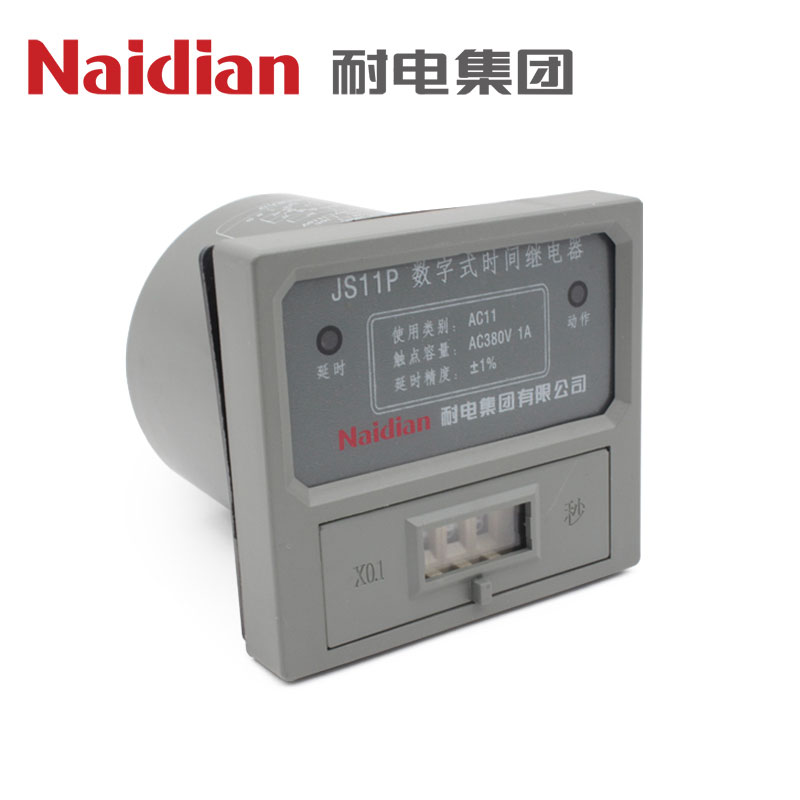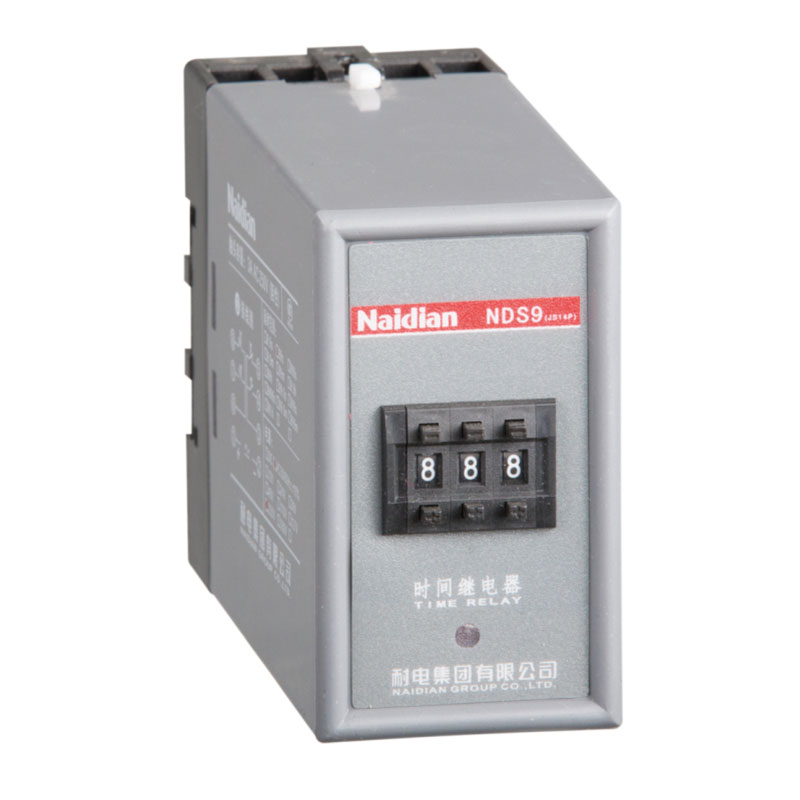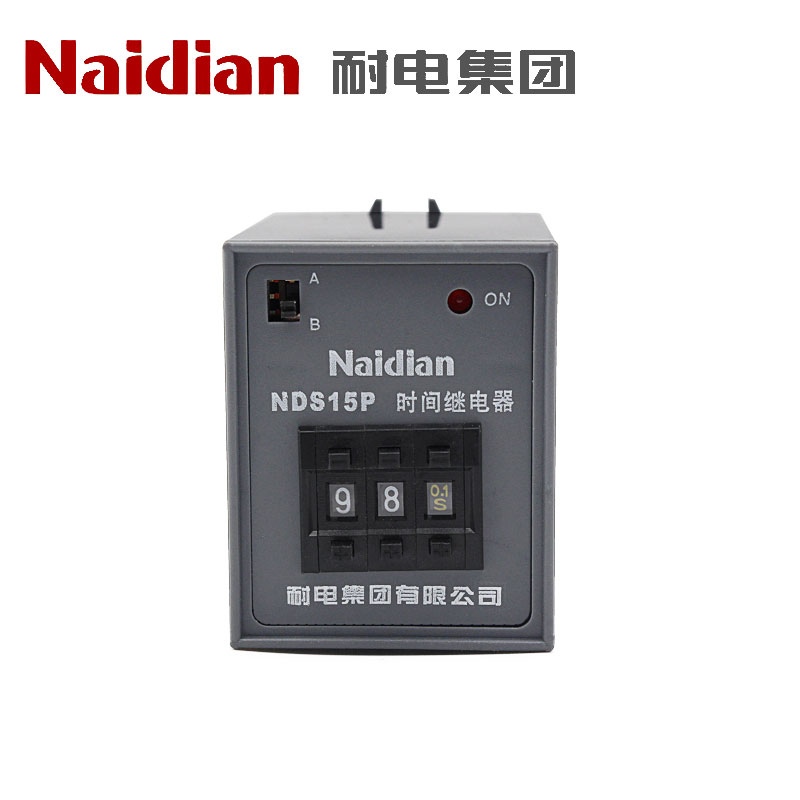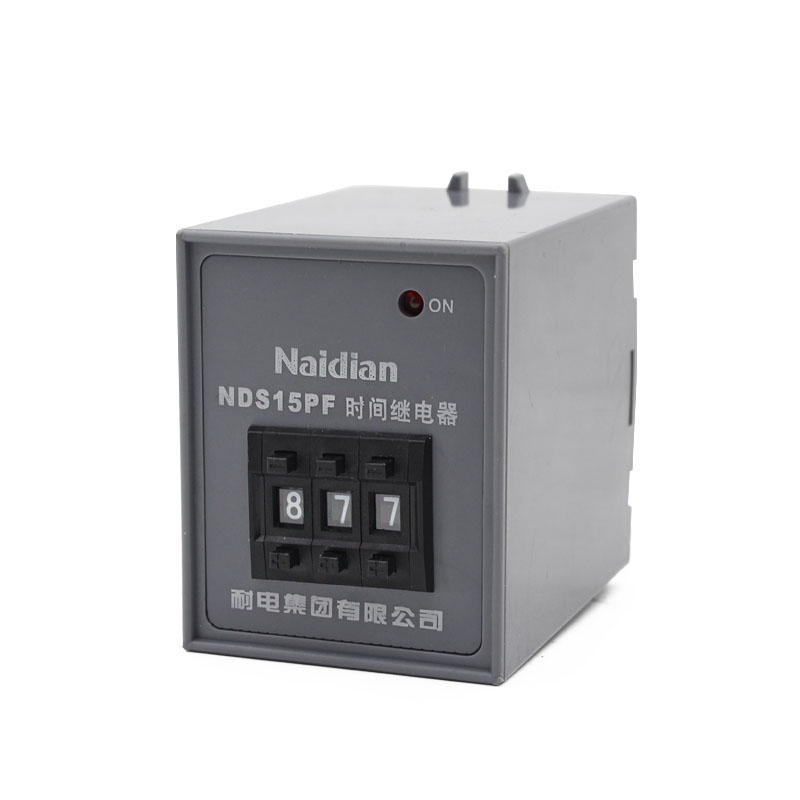what is Digital time relay
In the intricate dance of industrial automation, process control, and even everyday building management, precise timing is often critical. Enter the Digital Time Relay (often called a Digital Timer Relay or Programmable Timer Relay), a sophisticated electronic device designed to control circuits with exceptional accuracy based on programmed time intervals. It replaces older mechanical and electromechanical timers, offering far greater flexibility, precision, and reliability.
What is a Digital Time Relay?
Digital time relay is an electronic device that uses digital circuit technology to achieve time delay control function. It can accurately control the on and off of the circuit according to the preset time interval, and is an indispensable and important component in industrial automation and electrical control systems. Compared with traditional mechanical or analog time relays, digital time relays have higher accuracy, more flexible settings and stronger anti-interference ability.
Uses of digital time relays
1. Industrial automation control
On industrial production lines, digital time relays are widely used in the start and stop control of various equipment. For example, in motor control, the delayed start of the motor can be realized to avoid excessive starting current when multiple motors are started at the same time, which will cause impact on the power grid.
2. Electrical equipment protection
In the power system, digital time relays can be used in overcurrent, overvoltage and other protection devices. When an abnormal situation occurs in the circuit, the protection device can cut off the fault circuit within an appropriate time through the delay control of the digital time relay, avoid the expansion of the fault, and protect the safety of electrical equipment.
3. Smart home and building automation
In the field of smart home, digital time relays can realize the timing control of lighting, electrical appliances and other equipment. Users can set the automatic switching time of lights, the scheduled start and stop of air conditioners, etc. according to their living habits, to improve the convenience and comfort of life.
4. Electronic equipment and instrumentation
In electronic equipment and instrumentation, digital time relays are often used for signal delay processing, timing sampling, etc. For example, in instruments such as oscilloscopes and signal generators, precise time control of digital time relays can achieve accurate signal acquisition and processing, improving the measurement accuracy and performance of the instruments.
Working principle of digital time relay
1. Time setting and input
The user inputs the required delay time and working mode parameters into the digital time relay by operating the buttons or external communication interface. These parameters are stored in the internal memory as the basis for time control. The input method can be direct key input or remote setting through the communication interface with PLC, computer and other devices.
2. Timing and control core
The core component of the digital time relay is the microprocessor or a dedicated timing chip, which is responsible for accurate timing. The timing reference is usually the internal crystal oscillator, and the high-frequency clock signal generated by it is processed by frequency division to obtain a stable time reference signal. The microprocessor counts the time reference signal according to the set delay time, and when the count reaches the set value, the corresponding control logic is triggered.
3. Signal processing and output
When the timing reaches the set delay time, the output module of the digital time relay will output the control signal according to the preset working mode. The output signal can be the on and off of the relay contacts, the high and low changes of the level signal, etc., which are used to control external load devices. At the same time, digital time relays usually also have a status indication function, which displays the current working status and remaining time through LED indicators or display screens, making it convenient for users to monitor and debug.
4. Working mode and reset
Digital time relays support multiple working modes, such as power-on delay, power-off delay, and cycle delay. The power-on delay mode means that when the relay is powered on, the timing starts, and the control signal is output after the set time is reached; the power-off delay mode starts when the relay is powered off, and the output state is restored after the timing ends; the cycle delay mode outputs the control signal periodically according to the set time interval. When it is necessary to restart the timing, the digital time relay can be reset by a reset signal or re-powering on.
Types of digital time relays
NDS4-P(JS11P) Digital display time relay
NDS series digital explicit time relay (hereinafter referred to as relay) belongs to power delay type.Apply to ac 50Hz, rated working voltage 380V and below, or DC working voltage 24V control circuit as a delay element, according to the predetermined time to switch on or off the circuit.

NDS9(JS14P) Digital time relay
NDS9 series digital time relay (hereinafter referred to as relay) belongs to power delay type.Apply to ac 50Hz, rated working voltage 380V and below or DC working voltage 24V control circuit as a delay element, according to the predetermined time to switch on or off the circuit.

NDS15P(ST3P)15PC 15PG Digital dial code type time relay
NDS15P series digital time relay (hereinafter referred to as relay) is suitable for ac 50Hz, working voltage 380V and below or DC working voltage 24V control circuit as a delay element, according to the predetermined time to switch on or off the circuit.

NDS15PF Digital dial code type time relay
The relay is set as digital dialing code, which completely replaces ST3P, AH2, AH3 series products, and solves the defect of nonlinearity adjustment of potentiometer of ST3P, AH2, AH3 series products, and can be widely used for delay control in automatic control circuit.

Key Advantages
High Accuracy: Quartz timing offers precision far exceeding mechanical timers (often ±0.1% or better).
Versatility: Multiple timing functions in one device.
Easy Programmability: Settings changed quickly via buttons; no mechanical adjustments.
Wide Timing Ranges: From milliseconds up to days, weeks, or even years.
Repeatability: Consistent performance cycle after cycle.
Reliability: Fewer moving parts than electromechanical timers.
Compact Size: DIN rail mounting is standard.
Conclusion
The digital time relay is a fundamental component of modern control systems. By harnessing the precision of digital electronics and microprocessor control, it provides highly accurate, flexible, and reliable timing functions essential for automating processes, enhancing safety, improving energy efficiency, and ensuring smooth operation across countless applications.

